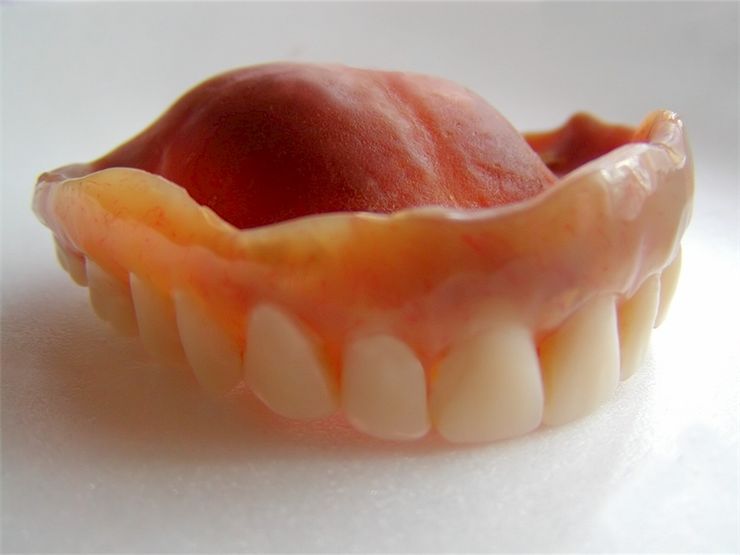History of Cosmetic Dentistry
Since the earliest days, people tried to make their teeth more beautiful or to replace their lost teeth. Today, this is the role of cosmetic dentistry.
The first to have some sort of cosmetic dentistry were the Etruscans, civilization that was where today’s Italy is now, which held a very high standard in art and industry. They used ivory and bones to restore teeth. These replacement teeth were held in place by gold bands and were sometimes other people’s teeth, or even the teeth of an ox. By 200 AD, the Etruscans made more perfect teeth and made crowns and bridges entirely from gold. Ancient Egyptians, at about the same time, had a pretty bizarre method of replacing missing teeth. They made replacement teeth from seashells and placed them into gums by hammering. They also made toothpaste of pumice stone and vinegar to clean stains from their teeth. Main ingredient of toothpaste made in the time of Ancient Romans was urine because it is rich in ammonium which is a natural tooth-whitening agent.
From the 13th century barbers filed teeth and coated them with acid which made teeth whiter, but also destroyed tooth enamel and destroyed teeth. From the 15th century, Europeans begin to make dentures from bone and ivory and although they were useful both for cosmetic purposes and to assist in chewing, they were very uncomfortable. In the 18th century, human teeth were used again but they had same problem like when they were used for the first time centuries ago: they didn’t last long and rotted quickly. There were also experiments with metal teeth but were unsuccessful.
The first porcelain dentures were invented around 1770 by Alexis Duchâteau and became very popular. The high-quality porcelain dentures, mounted on 18-carat gold plates, were invented in 1820 by Samuel Stockton, a goldsmith. A cheaper variant was invented in the 1850s. It was made of Vulcanite, a form of hardened rubber, into which porcelain teeth were set. These dentures became more comfortable for wearing. In the 20th century, dentures are made from acrylic resin and other plastics. In 1903 Dr. Charles Land made the first porcelain crown but porcelain crowns became popular in 1950s with a technology that allowed for porcelain and metal to be fused.
Cosmetic dentists appear in 1990s when major advancements in aesthetic and reconstructive dentistry appear. Some of treatments were invented earlier but in the 90s were they used in much greater number. Laser dentistry was invented in the 1960s but was used for treating the gum diseases. In 1996 it was approved for teeth whitening and since then it became very popular. Composite dental fillings and dental bonding was invented in 1949 but it wasn't popular until the 1980s when a light system was developed to cure composite fillings. Dental veneers were invented in the 1930s by Charles Pincus as a temporary fix for movie stars because it could not hold for too long. Today they can last much longer thanks to new materials (10 to 15 years when cared for properly).


